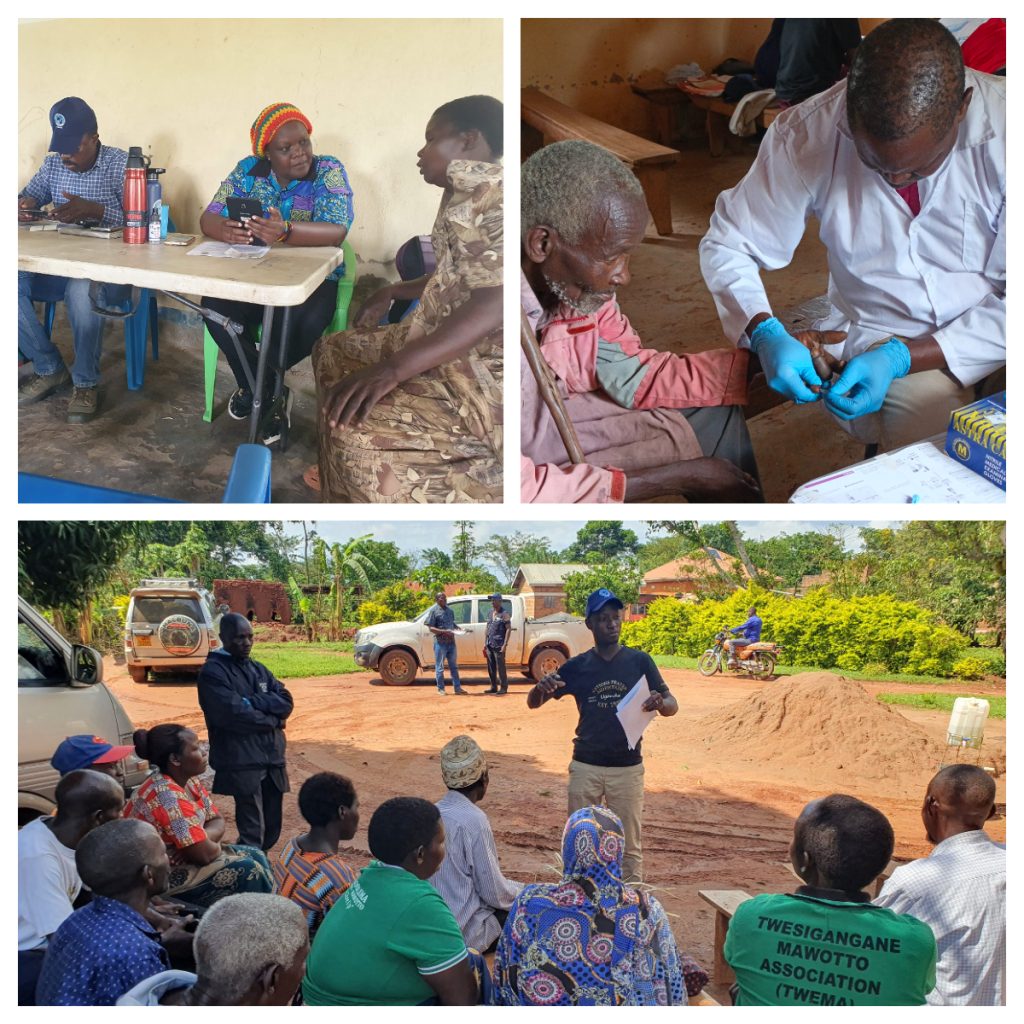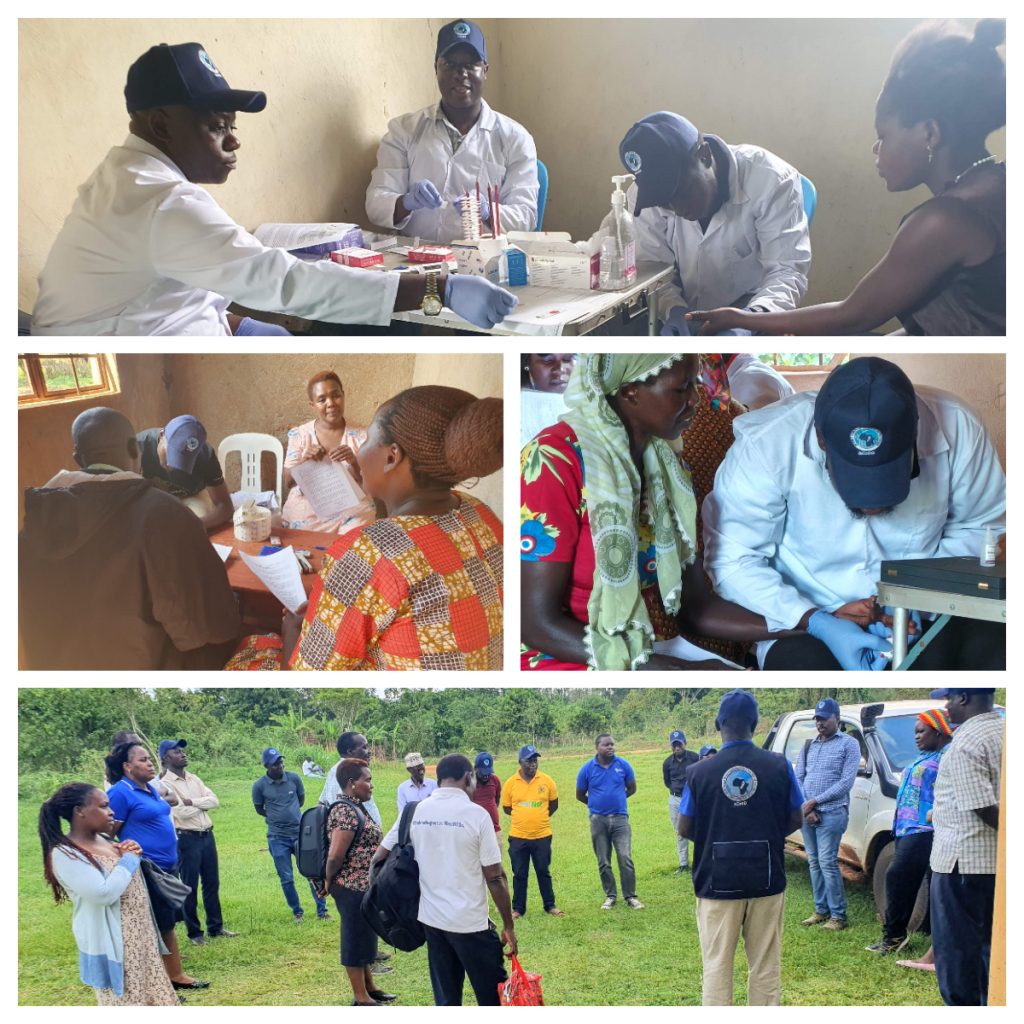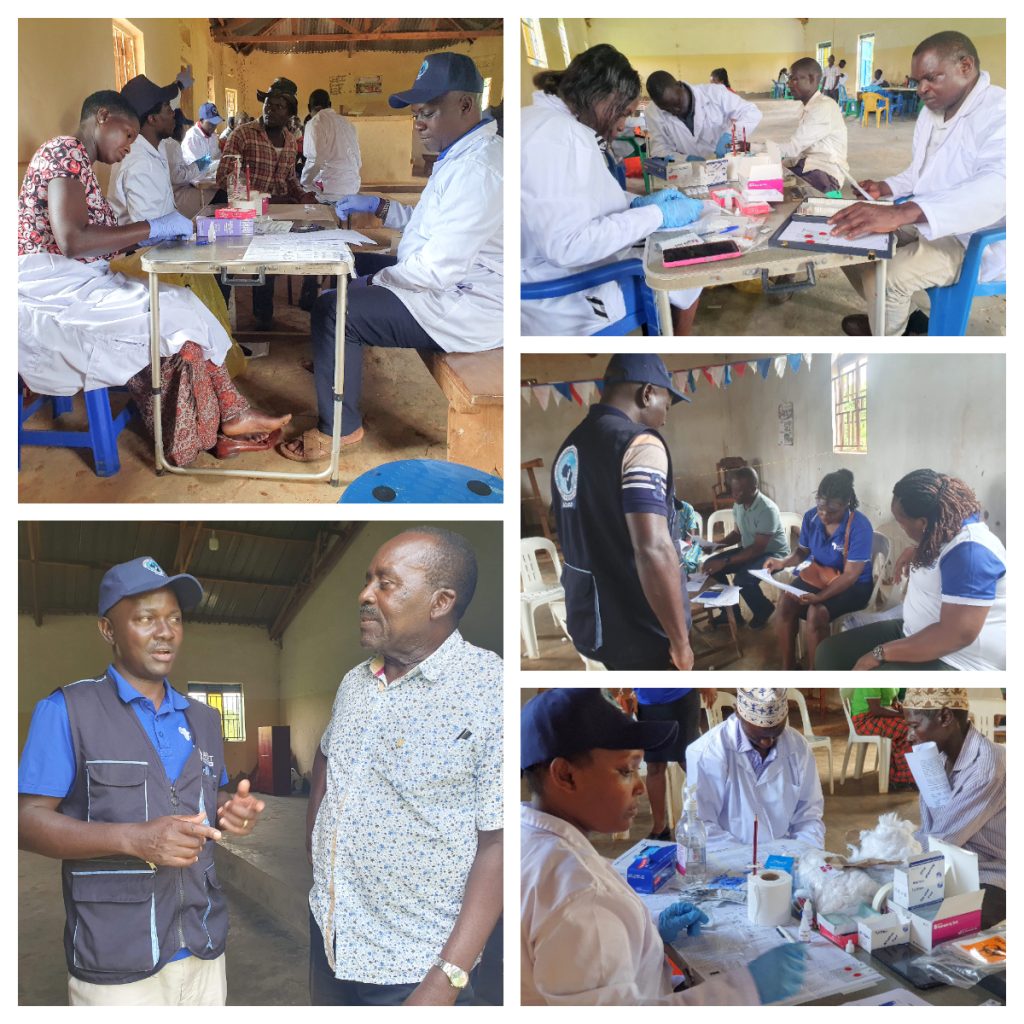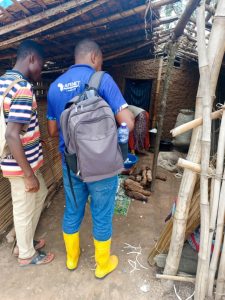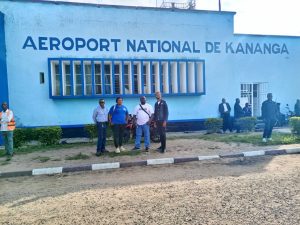A study to improve diagnosis of Mansonellosis, elephantiasis, and river blindness infections begins in Uganda
-
by
AFENET


According to the 2021-2030 WHO Roadmap for control and elimination of Neglected Tropical Diseases (NTDs), the current diagnostic tests used in monitoring, evaluation and surveillance for control and elimination of NTDs are insufficient to NTD program needs.
Onchocerca volvulus (which causes River blindness) and Wucheraria bancrofti (which causes elephantiasis) often co-exist in the same geographical area with Mansonella perstans (which causes Mansonellosis). Because these three species are in the same family, they may have the same antigens that thereby decreasing the accuracy of diagnostic tests for each of these parasites making it difficult for NTD programs to make treatment decisions.
It is against this backdrop that AFENET in collaboration with the Uganda Health ministry’s Neglected Tropical Diseases (NTD) Program and the CDC Foundation have embarked on a study that aims to improve the accuracy of diagnostic tests for Mansonella perstans, Wucheraria bancrofti, and Onchocerca volvulus parasites. This study will recruit individuals with a positive test for Mansonella perstans.
Mansonella perstans is a vector-borne human filarial nematode, transmitted by tiny blood-sucking flies (biting midges). It is widespread in many parts of Sub-Saharan Africa and occurs in parts of Central and South America. Although often asymptomatic, the condition can cause various symptoms including fever, headaches, joint pain, and skin reactions.
In the first phase of the study, the team on April 11 completed a weeklong data and blood sample collection exercise from 1000 residents of Namuganga Sub-county, Mukono District, in the Buganda sub-region of Central Uganda.
Dr Ben Masiira, a medical epidemiologist at AFENET and also a co-investigator on the study, said NTDs remain a big burden in Uganda and the developing world in general, and efforts to eliminate them are underway.
“As AFENET, we have for the last 20 years been supporting efforts to control and eliminate these NTDs in our region. In Uganda, we also support onchocerciasis elimination efforts. So, regarding Mansonellosis, we are also trying to support its elimination, and this is going to be through improvements of diagnostic tests,” said Dr Masiira.
The study intends to achieve its objective through evaluating the specificity and cross-reactivity of Mansonella perstans sera against biomarkers for Onchocerca volvulus and Wuchereria bancrofti.
The study’s Principal Investigator Dr Thomson Lakwo, an entomologist at the Health ministry, says in some communities, people harbour all the three parasites cited above and the interaction that happens is not known. “At times when we sit in the laboratory to analyze the samples may see false negatives or false positives. These are the results of these parasites interacting, which we are not very clear about. That is the reason why we want to go further to get the sera for Mansonella so that we are able to develop a much more reliable diagnostic test for Onchocerca volvulus and Wuchereria bancrofti.”
According to Dr Lakwo, the study shall facilitate negative selection of antigens for W. bancrofti and O. volvulus, and the information obtained from analysis of this sera collection and bioinformatics analysis would be useful for developing M. perstans-specific tests as the need arises.
Dr Lakwo argued that specificity of a test is very crucial for any control program “because if you go to the field for assessment, you get a lot of false positives and you go ahead to treat a large population who may not be truly positive. That’s a cost implication for the program. That is why any control program needs a very specific test to help them make appropriate decisions.”
